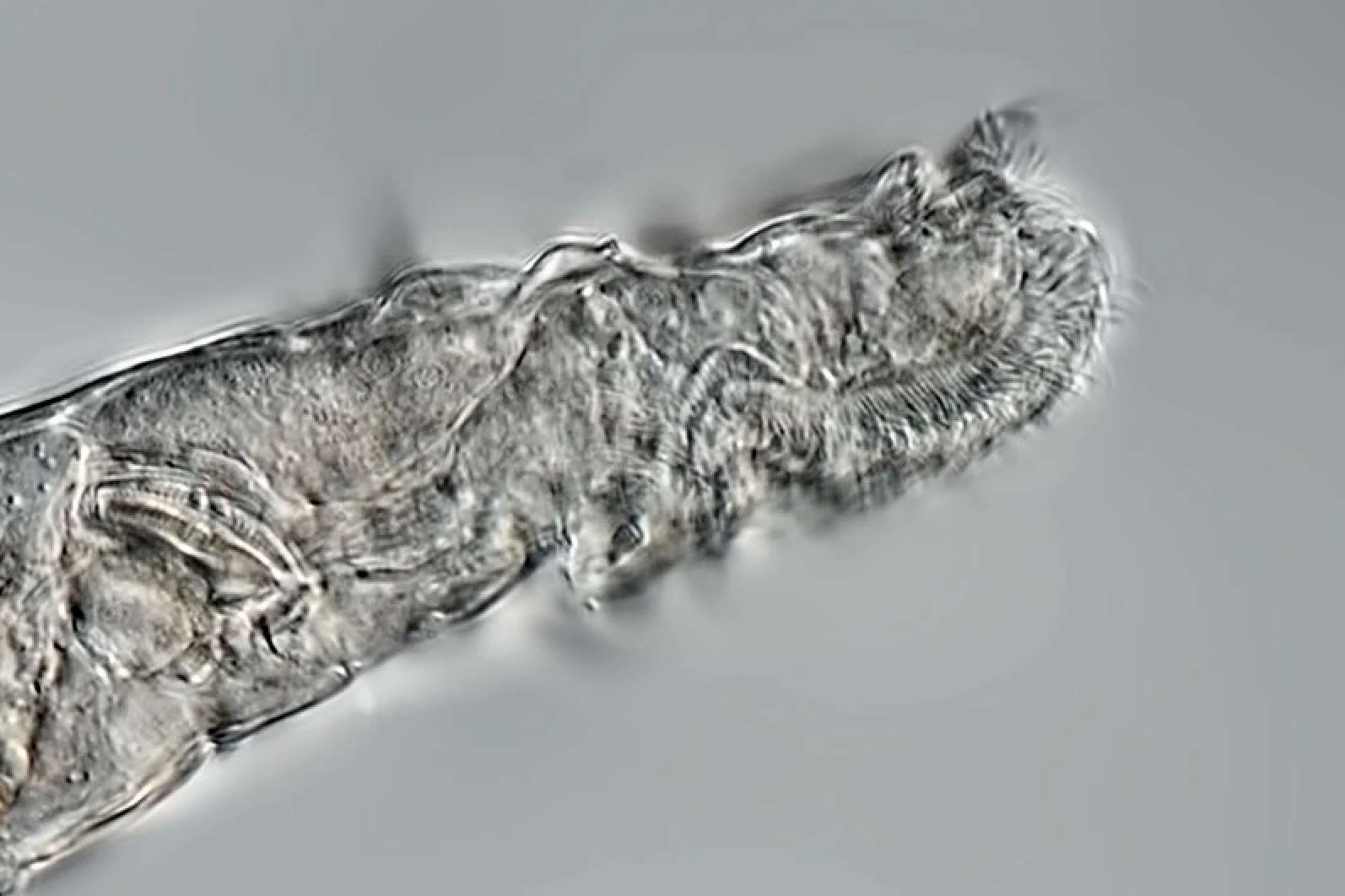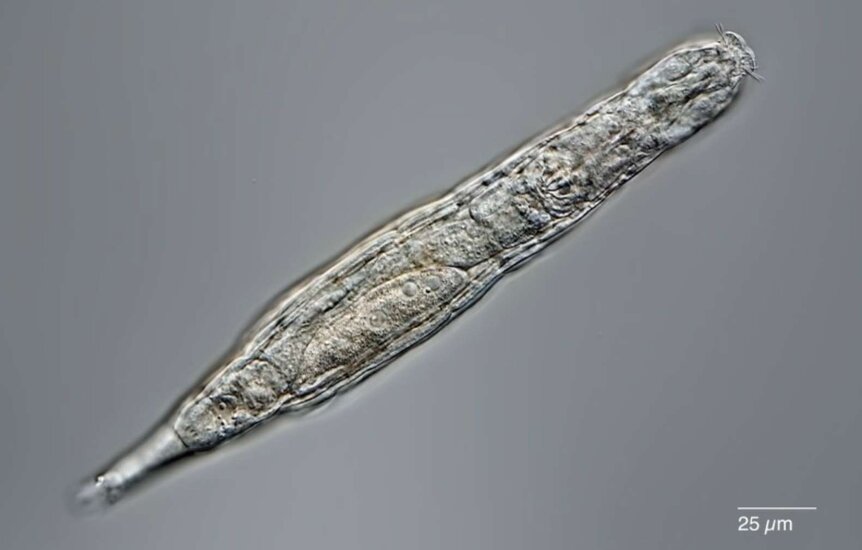Create a free profile to get unlimited access to exclusive videos, sweepstakes, and more!
Microscopic animals from Siberia's icy permafrost revived after 24,000 years

Everybody loves a good resurrection story and this one comes straight from the frozen arctic tundra where Russian scientists have revived microscopic creatures known as bdelloid rotifers after a deep-freeze nap of 24,000 years.
Discovered in the Siberian permafrost by an international team of scientists from Russia, America, Germany, and the Czech Republic, these tiny tube-like lifeforms, also called "wheel animals," are able to survive a frosty period of stasis by falling into a state of cryptobiosis hibernation. This condition allows the animals to enter a lengthy span of inactivity by reducing their metabolic activity down to an undetectable level without actually dying.
These discoveries raise a host of questions regarding just what remarkable mechanisms that the worm-shaped organism uses to endure its prolonged rest.
“Our report is the hardest proof as of today that multicellular animals could withstand tens of thousands of years in cryptobiosis, the state of almost completely arrested metabolism,” said study co-author Stas Malavin, of the Institute of Physicochemical and Biological Problems in Soil Science in Pushchino, Russia, in a press release.
According to researchers' report published in the online journal Current Biology, these microscopic multicellular lifeforms were obtained from samples gathered by remote drilling rigs in the middle reaches of the Alazeya River in the Russian Federation's northeastern Siberia region at a depth of 3.5 meters. This frozen core sample contained ice-rich loam that dates back to the Late Pleistocene.
There exist many records of animals such as the nematode worm surviving on ice for up to 30,000 years. A number of mosses and plants have also been known to regenerate following thousands of years of slumber in the ice. This is the first instance of rotifers surviving for vast lengths of time in suspended animation under frozen landscapes, with earlier evidence showing thier resistance lasting only up to ten years.
Per this new paper, researchers employed radiocarbon-dating to calculate that the rotifers pulled from the permafrost were approximately 24,000 years old.
After being thawed out, the rotifers were able to move about, eat, and reproduce in a cloning process known as parthenogenesis. By repeatedly freezing and thawing dozens of rotifers in the laboratory, researchers were able to trace the process of hibernation and recovery of these ancient rotifers.
These chilly studies indicate that the Ice Age rotifers withstand the formation of ice crystals that occur during slow freezing. This suggests they have some unknown ability to guard their cells and organs from damage at extremely low temperatures.
"The takeaway is that a multicellular organism can be frozen and stored as such for thousands of years and then return back to life--a dream of many fiction writers," Malavin says in the press release. "Of course, the more complex the organism, the trickier it is to preserve it alive frozen and, for mammals, it's not currently possible. Yet, moving from a single-celled organism to an organism with a gut and brain, though microscopic, is a big step forward."




























